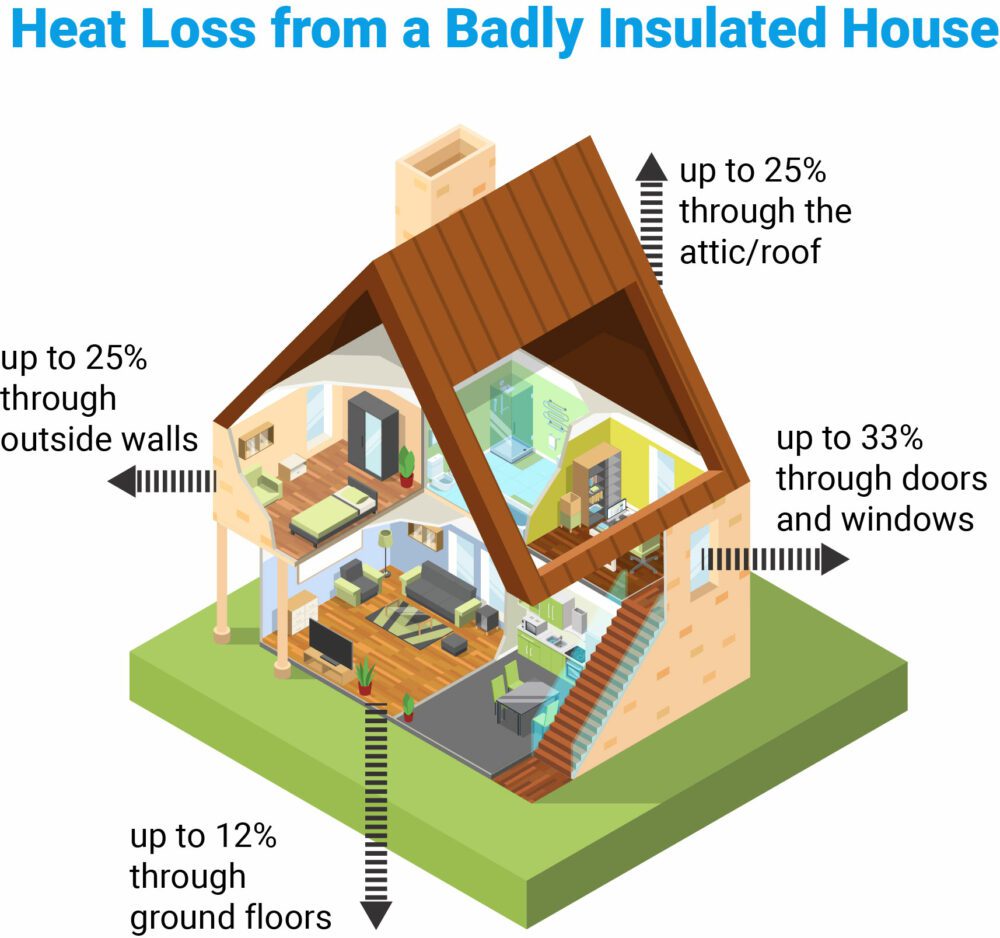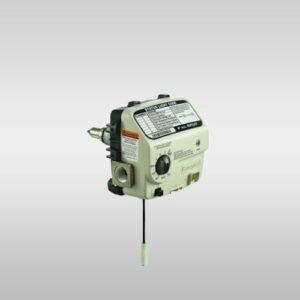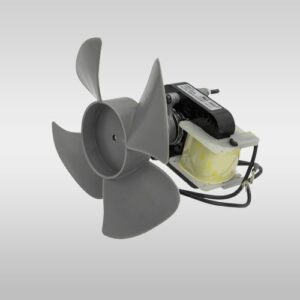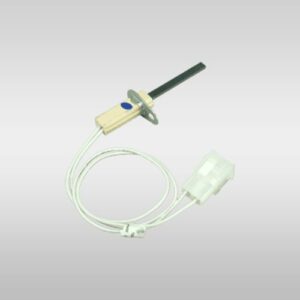Winter is approaching, the temperature is dropping, holiday plans have been made, and family visits are on the horizon.
The last thing a homeowner needs right now is an appliance to break down which could cost thousands of dollars and days of uncomfortable living. Whether your heat is not working, or your hot water heater needs repair, the last thing anyone needs is to be left in the cold.
Getting your home ready for winter takes some time and effort, but the good news is, many of these best practices are free and easy to do. Preventative maintenance beats the alternative of having to buy a brand-new appliance. Comparatively, replacing a furnace can cost between $1,000-$3,000 for a 2,000 square foot home and installing a new 50-gallon water heater can put you back almost $3,500.
Here is how you can keep your hot water heater and furnace running well during the winter months:
Check for Drafts
On average 25-30% of your home’s heat loss is through leaks and drafts across various locations around your home. Difference in temperature, between the exterior and interior air, and wind are the two leading causes of heat loss. Improperly insulated walls and windowsills account for nearly 60% of heat loss in the average single-family home.
Simple and Cost-Effective Solutions
- Caulk around the sill of the window. Pay attention to any cracks in the drywall on the interior or gaps between the siding and window on the exterior of your home
- Apply weather-stripping or foam insulation tape to the window for protection from winter moisture and drafts
- Cover unused windows or doorways, such as service doors, exterior doors to cellars and closet windows, with towels or blankets to help keep the cold air out
- Consider switching to heavy duty blackout curtains for all of your windows
- Adding carpets and rugs are some of the most efficient ways to reduce heat transfer, and have been shown to decrease total heat loss through the ground floor by as much as 12.8% according to the Carpet Institute of Australia
Long Term Solutions
- Look into adding a storm door to reduce heat loss at the main entrance of your home
- Upgrading exterior doors to vinyl or fiberglass can significantly improve insulation. A fiberglass door that is 1.5 inches thick has more than 5 times the insulation value of a wood door of equal size.
- Replace any single pane windows with insulated energy efficient windows or Energy Star Rated windows.

Change Furnace Filters and Clean Your Ductwork Regularly
Did you know that the average American family of 4 generates about forty pounds of dust, dander, and other debris annually? Obviously, all of that getting into your furnace and how much that would affect its efficiency.
One of the easiest ways to limit furnace repair over the winter months is to tackle the most common problem with inefficient airflow. Replace your furnace filter regularly, that is the easiest way to keep your HVAC system operating at peak efficiency.
Best practices with air filters are to check them monthly and replace them every three to six months, depending on their MERV Rating. However, if you have a pet that sheds or smoke indoors you might need to change your air filter more often to keep non-air particulates away from your blower motor and heating elements within the furnace.
Not only will changing your furnace filter regularly keep your furnace running at peak efficiency, but it will also save you money as well. According to the Department of Energy, replacing an air filter that is dirty with a clean one can reduce your energy usage by almost 20%.
Flush Your Hot Water Heater and Check the Anode Rod
Whether you have a gas hot water heater or electric hot water heater, there are standard winter maintenance steps you can take to keep it working at full capacity for longer.
First, regardless of the hardness of water in your area, it is important to flush your tank at least once per year, and sometimes twice a year depending on how much calcium is in your water supply. Flushing a hot water heater requires draining the tank entirely and removing any built-up sediment inside the tank. Sediment built up can cause leaking, rust, odd noises, and even drastically shorten the lifespan of your hot water heater.
While your tank is drained, it is important to check on the status of the sacrificial anode rod. The anode rod is a long metal rod, typically made up of magnesium or aluminum, that attracts iron ions and limestone and prevents the buildup of additional sediment in your tank. Checking your anode rod at least once per year to see if it needs replaces could potentially double the life of your water heater.
Performing these two maintenance steps at least yearly will save you money not only with a more efficient water heater but one that last longer as well.

Schedule an Inspection with your local contractor or handy man
More than 25 million homes have a water heater or a furnace that is over 10 years old. If you fall into that category, you should have those appliances inspected each year. If a component isn’t working properly, you might save thousands by replacing it before something goes wrong.
Hot water heater repair, furnace replacement parts, electric water heaters, gas water heaters, common furnace, gas furnace, heat exchanger, leaking water heater, you name it your local HVAC or plumbing expert can handle whatever your furnace or water heater throws their way.



